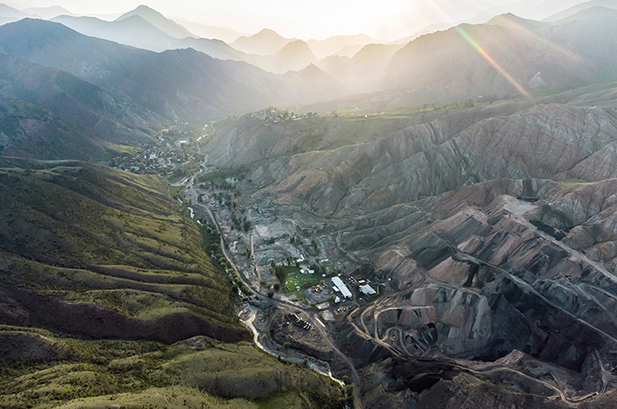These cookies cannot be disabled. They are essential for core functionality in ebrd.com to ensure a seamless and secure experience.
Central Asia played a significant role in providing uranium to the former Soviet Union, with mining operations spanning over 50 years. Despite the cessation of milling operations and closure of most mines by 1995, little effort was made to address the environmental and health risks posed by the remaining toxic and radioactive waste.
To tackle these hazards, EBRD established the Environmental Remediation Account (ERA) in 2015.
ERA is backed by the European Union as the largest donor, Belgium, Lithuania, Norway, Spain, Switzerland, and the United States of America. As of end-2024, the fund has received contributions of more than €56 million.
The ERA addresses the urgent threats posed by uranium legacy sites, particularly in the densely populated Fergana Valley shared by Kyrgyz Republic, Tajikistan, and Uzbekistan.
ERA operations started in the Kyrgyz Republic in 2019. By 2022 two pilot sites in the Kyrgyz Republic, Min-Kush and Shekaftar, were successfully completed on schedule and under budget. Remediation efforts at the more complex Mailuu-Suu site commenced in 2024.
Select an image to expand
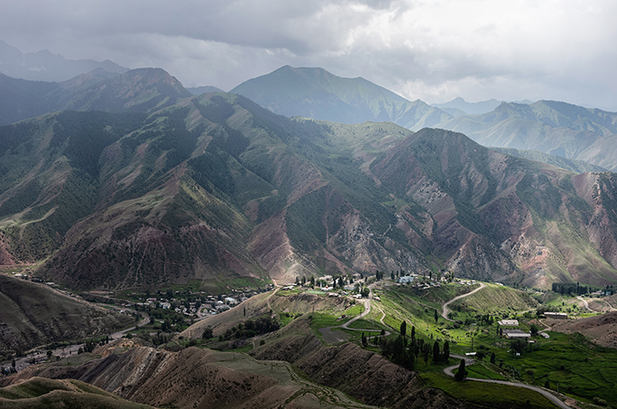
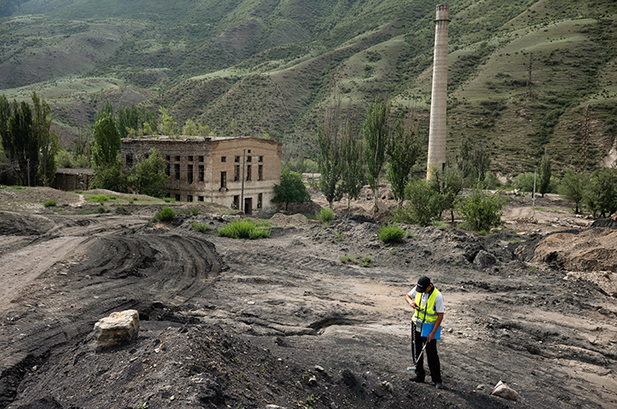
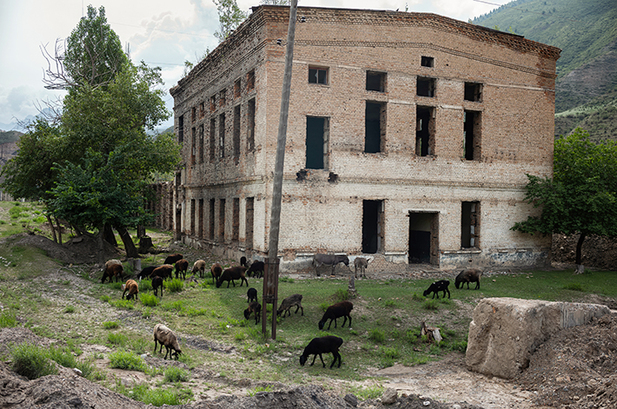
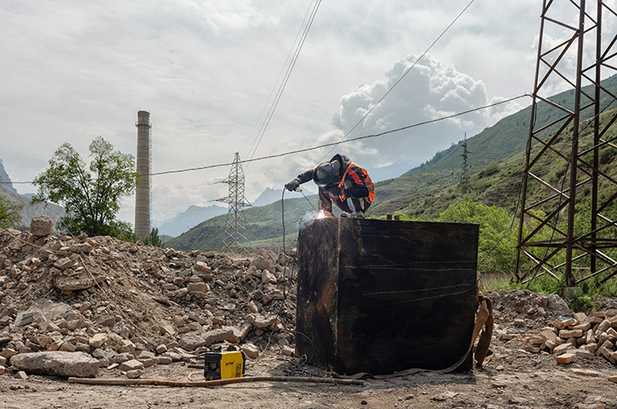
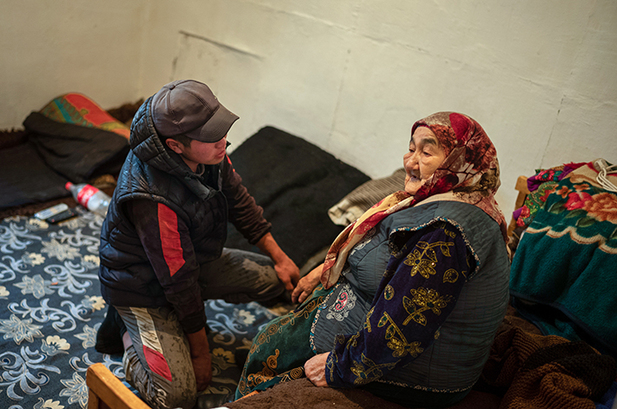
Select an image to expand




